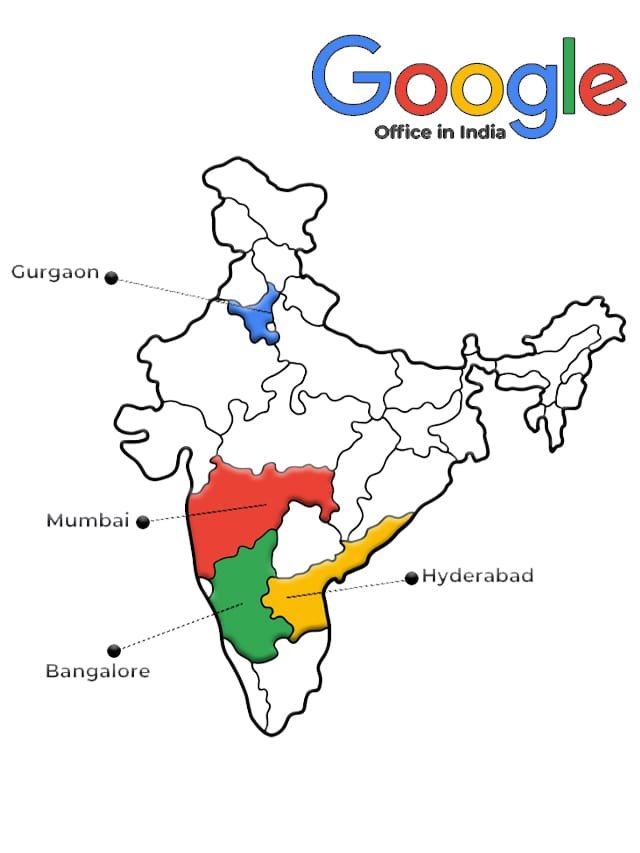Have you ever wondered how large-scale software systems are built with efficiency and speed? What makes certain programming languages stand out in the competitive world of software development? In a landscape filled with programming languages, the Go programming language, also known as Golang, has emerged as a powerful contender. Developed by Google, Go offers unique features and capabilities that address the challenges of building robust, scalable applications. In this article, we’ll explore Go’s foundations, its benefits, limitations, comparisons with other languages, and its practical applications in today’s tech ecosystem.
What is Go Programming Language?
Go, or Golang, is an open-source programming language that Google developed and released in 2009. The primary goal of creating Go was to solve problems associated with large-scale software systems and complex codebases. By promoting simplicity, efficiency, and readability, Go has become a popular choice among developers.
Key Features of Go
- Procedural Orientation: While drawing inspiration from languages like C, Go emphasizes modern programming features, including garbage collection and support for concurrency.
- Concise Design: Go’s syntax allows developers to write clean and lightweight code, enhancing readability and maintainability.
- Automatic Memory Management: Go simplifies memory handling through its automatic garbage collection feature.
- Rich Standard Library: It comes with a strong library that supports a variety of tasks.
With its focus on performance and simplicity, Go has become an excellent choice for various applications ranging from web servers to cloud computing.
What is Go Used For?
Initially, Go was designed for building networking and infrastructure-related programs. However, its applications have since expanded to several domains. Here are some common use cases for Go:
| Use Case | Description |
|---|---|
| Network Servers | Built-in networking capabilities make it ideal for scalable server-side applications. |
| Distributed Systems | Concurrency features, like goroutines and channels, enhance communication between system components. |
| Cloud-Based Applications | Go’s efficiency makes it popular for developing cloud and server applications. |
| DevOps Automation | Go is commonly used for automating tasks in DevOps due to its simplicity and concurrency support. |
| Command-Line Tools | Many CLI tools are developed in Go for efficient execution and ease of development. |
Go truly excels in infrastructure development, powering numerous widely used tools and systems in today’s tech landscape.
Benefits of Go
The growing popularity of Go can be attributed to its numerous advantages over other programming languages:
- Simplicity and Readability: Go’s clean syntax makes it easy for newcomers to learn and understand.
- Concurrency Support: Built-in concurrency features allow developers to efficiently handle multiple tasks simultaneously.
- Fast Compilation and Execution: Go compiles quickly, producing optimized code for efficient execution.
- Garbage Collection: Automatic memory management relieves developers from manual memory handling.
- Strong Standard Library: The extensive library provides numerous packages for common programming tasks, enhancing development speed.
These benefits contribute to Go’s rising status as a preferred programming language in various industries.
Limitations of Go
Despite its many advantages, Go does have limitations that developers should consider:
- Lack of Advanced Features: The simplicity of Go means it lacks certain advanced features found in other languages, limiting versatility.
- Limited Specialized Libraries: While Go’s standard library is robust, it may not have as many mature libraries in specialized areas compared to languages like Java.
- Smaller Community: The ecosystem of third-party libraries and frameworks is relatively smaller than those of more established languages.
Understanding these limitations helps developers make informed decisions about when to use Go and whether to consider alternatives.
Go vs. Other Programming Languages
Go vs. Python
Both Go and Python are popular programming languages, but they cater to different use cases:
- Go excels in performance, scalability, and parallelism, making it ideal for high-performance systems and network servers.
- Python prioritizes simplicity and flexibility, commonly used in web development and machine learning due to its extensive libraries and ease of use.
| Feature | Go | Python |
|---|---|---|
| Performance | Fast execution, optimized for concurrency | Generally slower than Go due to its dynamic nature |
| Learning Curve | Easier for those with programming background | User-friendly, often preferred by beginners |
| Libraries | Good standard library, limited specialized libraries | Extensive libraries and frameworks for various tasks |
Go vs. C++
Go and C++ are both powerful languages but serve different purposes:
- C++ provides fine-grained control over memory and hardware, widely used in software engineering, game development, and database applications.
- Go focuses on simplicity, speed, and ease of development, making it more suitable for scalable networked applications and distributed systems.
| Feature | Go | C++ |
|---|---|---|
| Memory Management | Automatic garbage collection | Manual memory management |
| Concurrency | Built-in concurrency support | Concurrency is possible but more complex |
| Syntax | Simple and clean | Complex with many advanced features |
Companies Using Go
Several prominent companies leverage Go for its efficiency and scalability:
- Google: As the creator of Go, Google uses it extensively for various projects, including data solutions and site reliability engineering.
- Uber: Go’s capabilities enable Uber to build and scale high-performance systems quickly.
- PayPal: By adopting Go, PayPal has simplified its software systems and improved developer productivity.
- Dropbox: Dropbox transitioned from Python to Go for its infrastructure, benefiting from Go’s concurrency support and execution speed.
These companies exemplify how Go can enhance software development and operational efficiency.
How to Start Using Go
Ready to dive into Go programming? Here are some steps to help you get started:
- Download and Install: Visit the official Go website to download the Go compiler and tools.
- Learn the Basics: Familiarize yourself with Go’s syntax, data types, and control flow using online tutorials and documentation.
- Practice Coding: Start writing simple code to build your programming skills.
- Explore the Standard Library: Discover various packages within Go’s standard library to enhance your projects.
- Join the Community: Participate in Go communities on platforms like Twitter and Reddit to connect with other developers and seek help.
Learn Go on Coursera
For those interested in a structured learning experience, consider taking courses on platforms like Coursera. One recommended course is Getting Started with Go, offered by the University of California, Irvine, ideal for coders with some prior experience. Another course, Functions, Methods, and Interfaces in Go, provides an in-depth exploration of the language.
FAQs About Go Programming Language
What are the advantages of using Go for software development?
Go provides numerous benefits, including fast compilation times, built-in concurrency support, and a robust standard library. Its simplicity and efficiency make it a strong choice for developing scalable applications.
Can I use Go for web development?
Yes, Go is well-suited for web development, particularly for building high-performance web servers and RESTful APIs. Frameworks like Gin and Echo can enhance your web development projects.
How does Go handle concurrency?
Go uses goroutines and channels to manage concurrency efficiently. Goroutines are lightweight threads that allow developers to perform multiple tasks simultaneously without heavy overhead.
Is Go suitable for beginners?
While Go’s syntax is straightforward, beginners may find it beneficial to have some prior programming experience. The language’s emphasis on simplicity makes it easier to learn than more complex languages.
What industries commonly use Go?
Go is widely used in various industries, including technology, finance, e-commerce, and cloud computing, thanks to its performance and scalability.
READ MORE : Top DevOps Certifications to Boost Your Career in 2024
Closing Note
Thank you for taking the time to learn about the Go programming language and its uses! Whether you’re a seasoned developer or just starting, Go offers unique advantages that can elevate your software development projects. Stay connected with Course Bhai for more insights and updates by following us on social media, enabling push notifications, and subscribing to our newsletter. Join us on this journey of learning and growth in the ever-evolving world of programming.












